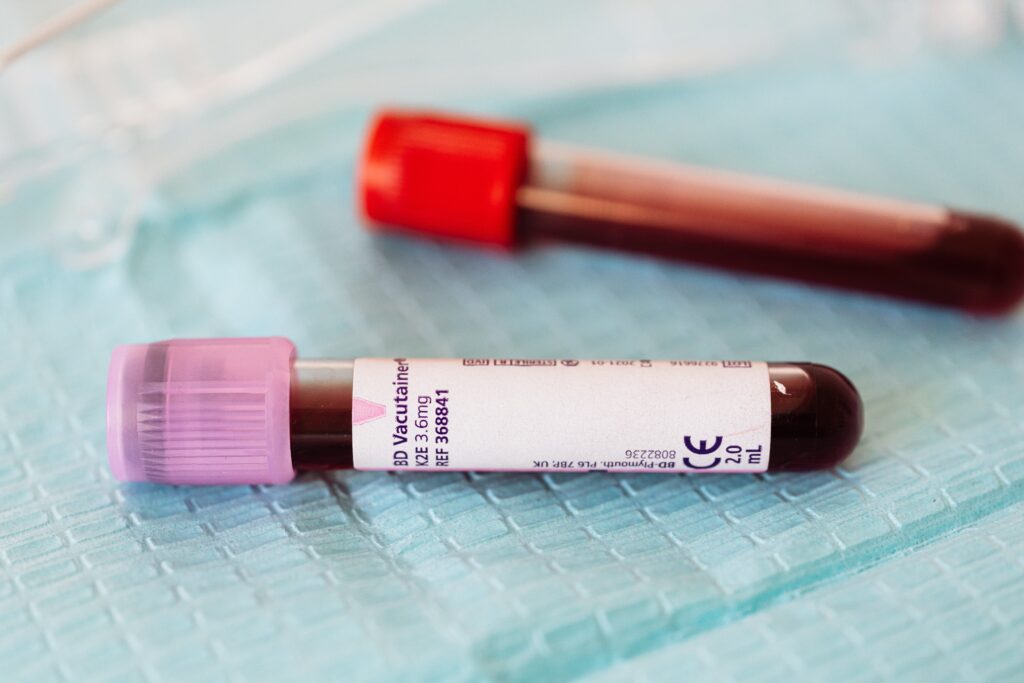
Here, you can access information about the Blood Type Diet. Please note that this article is for informational purposes only and does not represent a recommendation from us.
Blood Type Diet: Decoding the Principles, Structure, and Criticisms
The Blood Type Diet, crafted by naturopath Peter J. D’Adamo, delves into the intricate relationship between our blood types and the way our bodies process various foods. At the core of this dietary philosophy lies the notion that the proteins present in foods can either harmonize with or disrupt our blood, impacting our overall health. While the concept proposes tailored nutrition plans based on blood types, it has sparked both interest and skepticism.
Principle of the Blood Type Diet
D’Adamo’s theory suggests that proteins in foods, known as lectins, can induce immune responses and blood clotting if they are incompatible with our blood type. This, he argues, leads to disruptions in metabolism and digestion, potentially triggering chronic diseases. The diet classifies individuals into blood types—O, A, B, and AB—and prescribes specific dietary guidelines accordingly.
Structure of the Blood Type Diet
- Blood Type O: Considered ancestral hunter-gatherers, individuals with this blood type are advised to focus on a meat-centric diet. Vegetables and fruits are also recommended components.
- Blood Type A: Originating during the advent of agriculture, this blood type is aligned with a predominantly vegetarian diet. Grains, fruits, vegetables, and legumes take precedence, with limited meat and dairy consumption.
- Blood Type B: Tolerant of dairy, fruits, vegetables, game, and fish, individuals with this blood type should moderate their intake of grains, chicken, and shellfish.
- Blood Type AB: Following a pattern similar to Blood Type A, those with AB blood type incorporate a variety of foods into their diet, with a focus on balance.
While the Blood Type Diet presents tailored meal plans for each blood type, critics argue that D’Adamo’s claims lack scientific backing, especially concerning the purported impact of lectins on health.
Pros and Cons of the Blood Type Diet
Pros:
- Encourages personalized dietary choices.
- Promotes awareness of the relationship between diet and blood type.
- Introduces diverse flavor experiences through the emphasis on specific food groups and combinations.
Cons:
- Lack of scientific evidence to support core concepts.
- Criticized for being too prescriptive and potentially leading to a one-sided diet.
- Warned against the unsubstantiated claim that the diet can cure diseases.
In conclusion, the Blood Type Diet sparks intriguing discussions around the intersection of blood types and nutrition. While some find its personalized approach appealing, others emphasize the importance of scientific validation and a balanced perspective on dietary recommendations. As with any diet, consulting with healthcare professionals is crucial before making significant changes to one’s eating habits.














